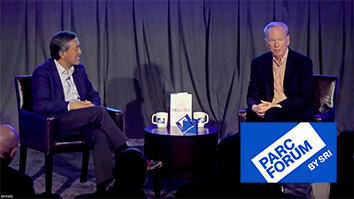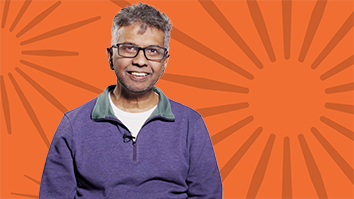Abstract
Study objectives
To evaluate the accuracy in measuring nighttime sleep of a fitness tracker (Jawbone UP) compared to polysomnography (PSG).
Design
Jawbone UP and PSG data were simultaneously collected from adolescents during an overnight laboratory recording. Agreements between Jawbone UP and PSG sleep outcomes were analyzed using paired t tests and Bland-Altman plots. Multiple regressions were used to investigate which PSG sleep measures predicted Jawbone UP “Sound sleep” and “Light sleep.”
Setting
SRI International Human Sleep Laboratory.
Participants
Sixty-five healthy adolescents (28 females, mean age ± standard deviation [SD]: 15.8 ± 2.5 y).
Interventions
N/A.
Measurements and results
Outcomes showed good agreements between Jawbone UP and PSG for total sleep time (mean differences ± SD: -10.0 ± 20.5 min), sleep efficiency (mean differences ± SD: -1.9 ± 4.2 %), and wake after sleep onset (WASO) (mean differences ± SD: 10.6 ± 14.7 min). Overall, Jawbone UP overestimated PSG total sleep time and sleep efficiency and underestimated WASO but differences were small and, on average, did not exceed clinically meaningful cutoffs of > 30 min for total sleep time and > 5% for sleep efficiency. Multiple regression models showed that Jawbone UP “Sound sleep” measure was predicted by PSG time in N2 (β = 0.25), time in rapid eye movement (β = 0.29), and arousal index (β = -0.34). Jawbone UP “Light sleep” measure was predicted by PSG time in N2 (β = 0.48), time in N3 (β = 0.49), arousal index (β = 0.38) and awakening index (β = 0.28). Jawbone UP showed a progression from slight overestimation to underestimation of total sleep time and sleep efficiency with advancing age. All relationships were similar in boys and girls.
Conclusions
Jawbone UP shows good agreement with polysomnography in measures of total sleep time and wake after sleep onset in adolescent boys and girls. Further validation is needed in other age groups and clinical populations before advocating use of these inexpensive and easy-to-use devices in clinical sleep medicine and research.


